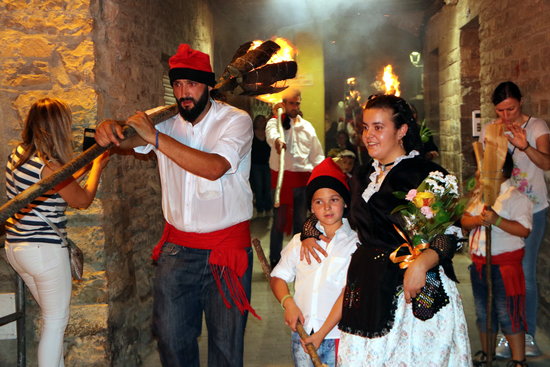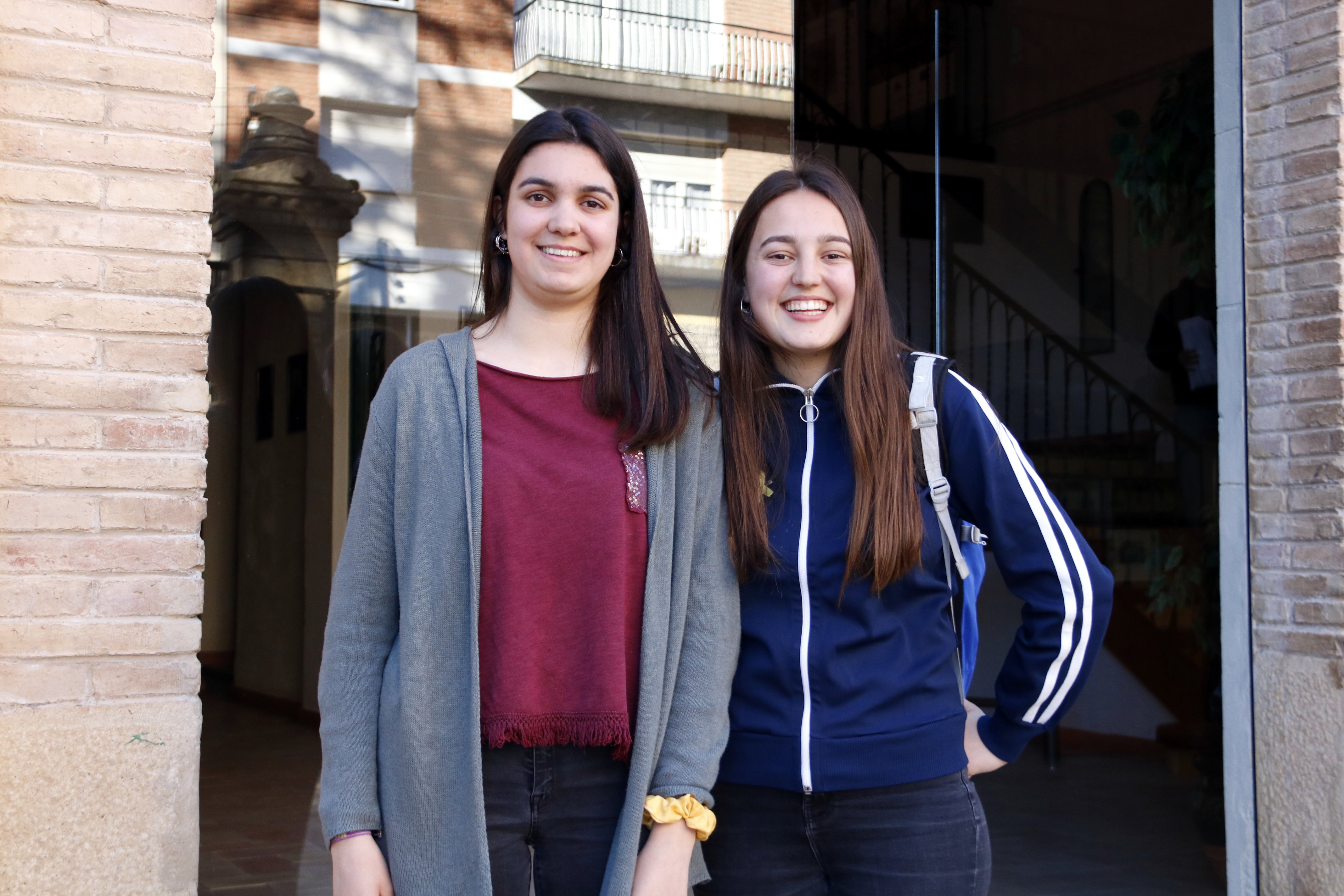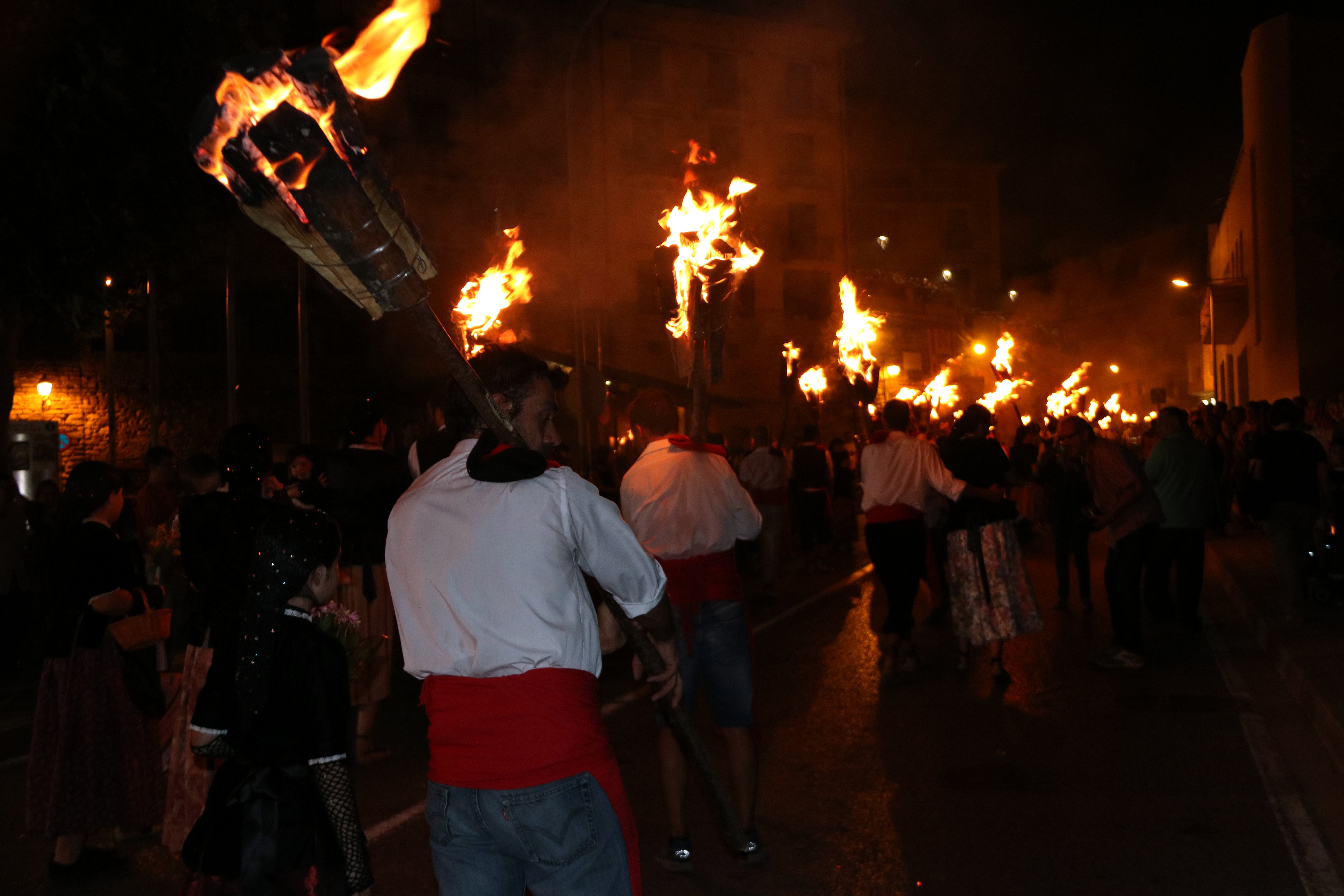Ancient solstice tradition adapted for the present
Practiced in the Catalan Pyrenees for hundreds of years, in the town of Pobla de Segur it will now include women

What does the name Falles mean to you? If it calls up images of burning structures in Valencia, you’re not wrong – but what you might not know is that it’s also the name of an ancient summer solstice ritual in Catalonia, one that just taken into the 21st century.
Practiced in the north of Catalonia high in the Pyrenees Mountains, it’s seen primarily in the counties of Pallars Jussà and Pallars Sobirà. In the town of Pobla de Segur, it takes place on June 17, just in time for another festival of fire: Sant Joan. The fiery event of the Falles in Catalonia, in turn, dates back hundreds of years. Because of its ancient roots, perhaps, one part was exclusively for men – that is, until now.

Two local eighteen-year-old women in Pobla de Segur, Violeta Font and Clàudia Plana, put forth a petition to change this. Voted on and approved by the organization, it was decided in an extraordinary session where no press was allowed, that this event would see women and men taking part equally.
The ritual in question involves carrying a flaming wooden torch down a mountain. Traditionally, this is done by the men, while the women wait for them at the entrance of the town. Then, the couples, wearing traditional dress, make their way to the bonfire to add their torch to the flames.

Tracing its roots back to ancient times when the arrival of the summer was celebrated with fire to ward off spirits and to welcome the sun, the Falles in the Catalan Pyrenees was later adapted to Christianity, seen with the Latin prayers that persist within it. It’s thought to have served as a test of physical prowess for young men, and was included in the UNESCO Intangible World Heritage in 2015.
Last year, in Pobla de Segur, over 150 young people took part in the traditional celebration. It’s also observed throughout the mountains in different towns, such as with Durro, Boí, Barruera, Erill la Vall, Taüll. Still, there’s always the same, recurring theme: fire and tradition, to bring good fortune, to ring in a new season, and in the case of Pobla de Segu - to begin a new tradition.